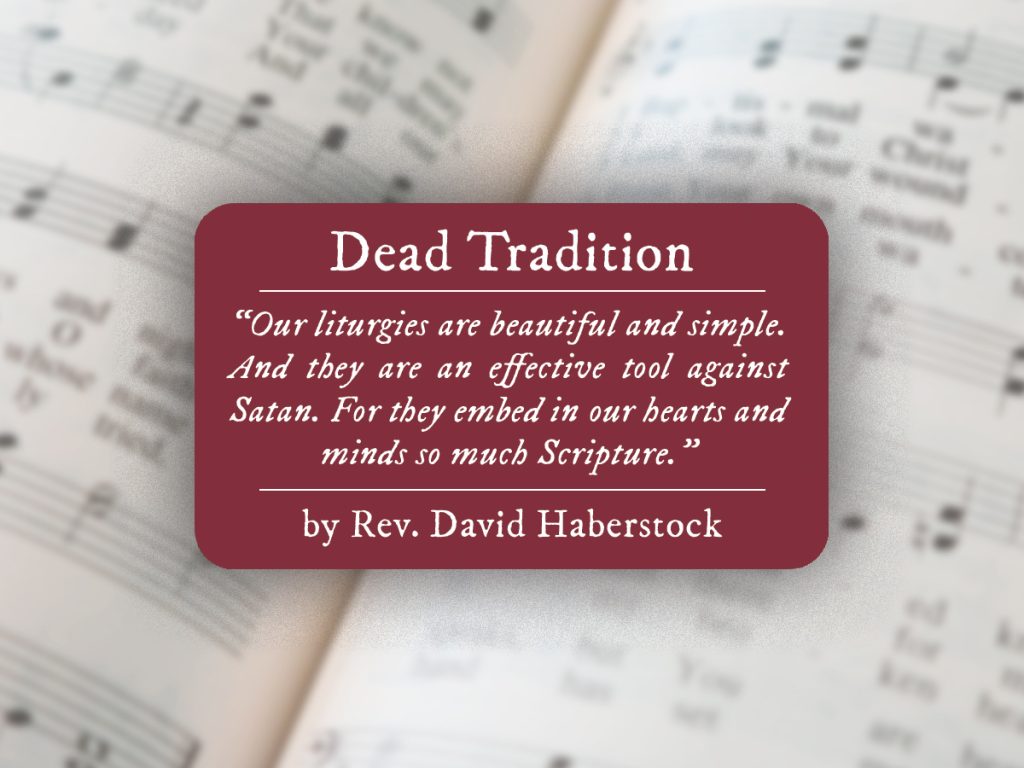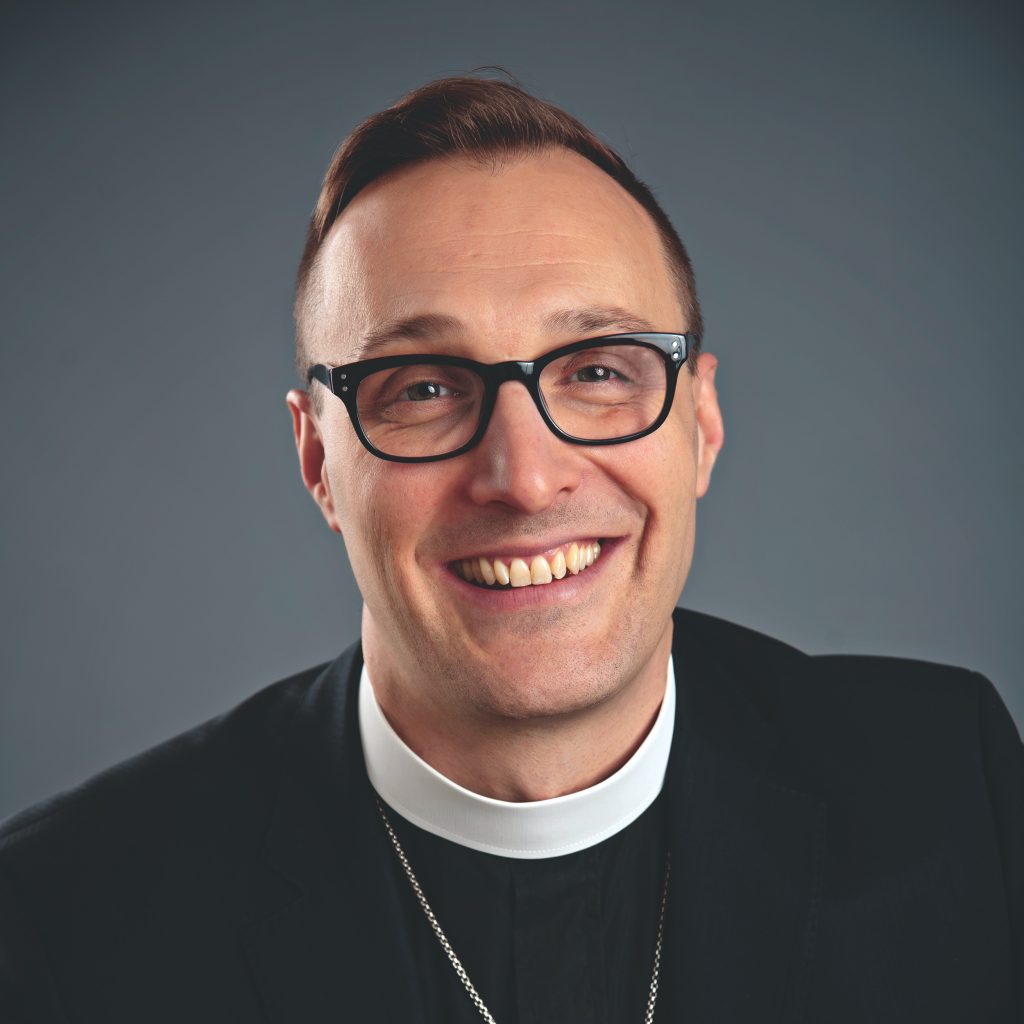Dead tradition
 by David Haberstock
by David Haberstock
“Tradition is the living faith of the dead, traditionalism is the dead faith of the living. And, I suppose I should add, it is traditionalism that gives tradition such a bad name.” – Jaroslav Pelikan, The Vindication of Tradition
In the Disney movie Pinocchio, after the living puppet is turned into a braying ass after his time on Pleasure Island, he comes to his senses and escapes just as the island sinks. Out in the swirling ocean he is swallowed by a whale. There in the belly of the beast he finds his father, who was looking for him. This seems like a bit of a contrived happenstance, but in our own depths of despair, God also seeks us—just like Jonah in the depths of the sea. After being brought low in repentance, we are raised up to new life. And emerging as a new man in faith, we must bring up the dead tradition of our fathers from the depths and revivify what they sought to pass on to us.
An example of this was given at our synodical convention in 2022, when Bishop Torkild Masvie of the Lutheran Church in Norway and Iceland spoke about how they are trying to replant confessional Lutheranism in what was once a vibrant hotbed of Lutheranism. He described some of their mission strategies, including their intentional use of the historic liturgy in all of their congregations. Not only is this good practice from a branding perspective—you always know what to expect when you walk into one of their services—but he said it was efficient and useful in a missionary context where numbers can be inconsistent and can vary wildly. The liturgy, after all, is scalable—it can be used equally well by 2, 20, or 200 people.
Part of what it means to revive a tradition handed on to you is to make it your own by putting your own stamp on it. The historic liturgy changes very slowly and only bit by bit. But leading it and partaking of it with a joyous heart and authenticity can look different from one time and place to another. On a battlefield, the Divine Service is often held a cappella or merely spoken wherever men of faith gather with a padre for the consolation Jesus gives. In Leipzig, Bach sought to give glory to God and fuller expression to the Scriptural texts through grand musical cantatas embedded in the Divine Service based on the hymn of the day.
But the core texts and Christ crucified for sinners remains the same—given to us in His Word and Sacraments, and embedded in the glorious liturgy that has been handed down to us by the saints who went before.
Even the manner of presiding changes from generation to generation. In the 1950s, newscasters, movie characters, and pastors affected an authoritative manner along the lines of “Father Knows Best.” By the 1980s and 90s, the predominant manner, while still reverent, might be compared to Woody Allen’s “sensitive 80s man” stereotype (think of capable but comforting men like Peter Mansbridge or Stuart McLean). Suffice it to say, some of the externals of our tradition change from generation to generation. But the core texts and Christ crucified for sinners remains the same—given to us in His Word and Sacraments, and embedded in the glorious liturgy that has been handed down to us by the saints who went before.
As our society circles the drain of atheistic secularism, just as European societies have in the decades before us, we would do well to listen to our brothers there. They are fighting the good fight to replant and revivify the tradition of their fathers in formerly Lutheran lands, formerly Christian lands, which now look anything but. As many of these churches are replanted some similarities emerge: a focus on the historic liturgy; deeply valuing teaching and learning the Christian faith as they pick up steam; and youthful, usually with more young men than women. The traditions of the fathers are indeed being revivified by the sons.
Our liturgies are beautiful and simple. And they are an effective tool against Satan. For they embed in our hearts and minds so much Scripture. They saturate us with the Holy Spirit, who comes by His Word. And what else fights Satan than the name of Jesus and the Word He proclaims? Moreover, in a world obsessed with authenticity and expression of one’s true self, this godly heritage, which has been passed to us by our fathers, is truly authentic and eminently practical. And it makes an impact: consider, for example, the stirring account of someone drawn to the “dead religion” of historic Lutheranism out of an Evangelical/Neo-Charismatic tradition—a tradition which has been proven tempting to Lutherans in recent decades.
 I encourage you to bring up the dead traditions of our fathers in The Lutheran Church—Missouri Synod and make them your own in our day.
I encourage you to bring up the dead traditions of our fathers in The Lutheran Church—Missouri Synod and make them your own in our day.
———————
Rev. David Haberstock is Lutheran Church–Canada’s Central Regional Pastor.



